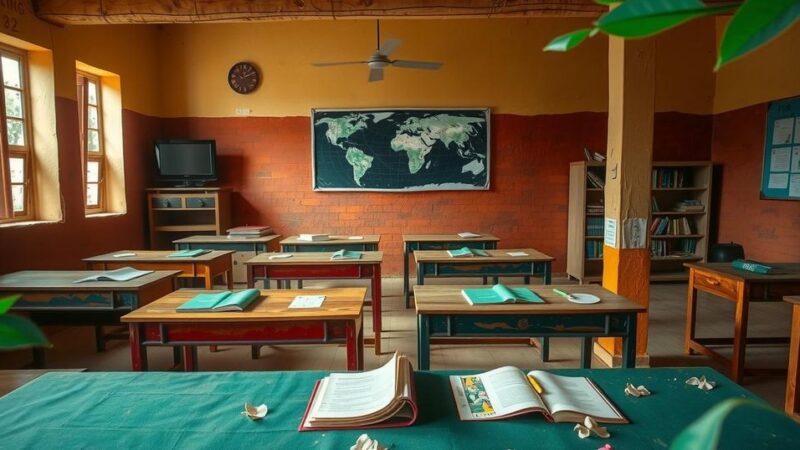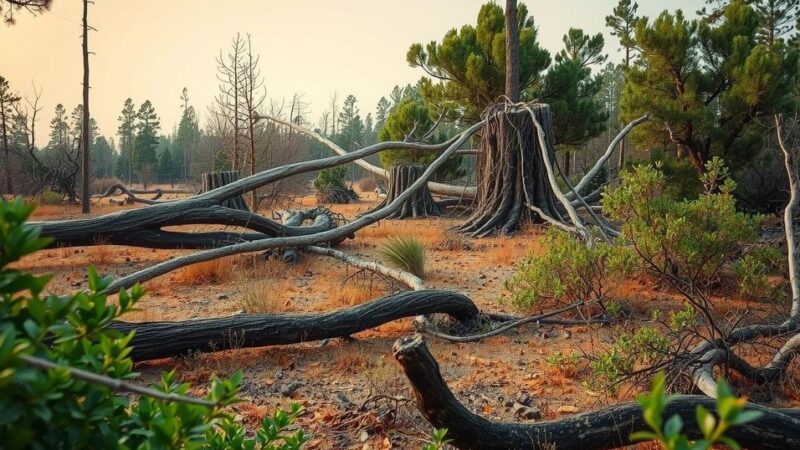A 7.6 magnitude earthquake in January 2024 devastated Japan’s Noto region, causing nearly 500 deaths. Social media reaction included widespread misinformation, with speculations of a man-made origin. Experts confirmed the earthquake’s natural cause, emphasizing the importance of critical evaluation of information. Misinformation poses risks to public safety and trust in authority, necessitating mindful sharing of information.
In January 2024, a magnitude 7.6 earthquake struck Japan’s Noto region in Ishikawa Prefecture, resulting in nearly 500 fatalities and numerous displaced individuals, according to Nippon.com. Amidst the aftermath, social media buzzed with misleading rumors and speculation regarding the quake’s causes, particularly suggesting it was artificial rather than natural.
The Meteorological Agency clarified that the earthquake was a “reverse fault quake” resulting from natural tectonic activity. Notably, Kyoto University Professor Nishimura Takuya emphasized the improbability of a human-induced earthquake at such depths, supporting the notion of natural seismic events.
Geophysicist Eric Fielding from NASA explained the mechanics, stating, “The surface moved upward as much as four meters (13 feet) on some parts of the North Coast of the Noto Peninsula,” indicating significant geological movements due to the fault’s shallow rupture depth. Despite scientific explanations, conspiracy theories emerged implicating clandestine government activities in the earthquake’s genesis, as noted by Humanities and Social Sciences Communications.
In just one day, misinformation accumulated with approximately 250,000 related posts, leading to the spread of fraudulent rescue and charity solicitations. The potential dangers of such misinformation are alarming, as they can distort public perception, obscure credible safety guidance, and breed distrust in science and authority during emergencies.
“To deal with rumors, we need to reflect on our own behavior,” stated Yamaguchi Shin’ichi, an associate professor at the International University of Japan. He stressed the necessity to verify information thoroughly before dissemination, reflecting on how misinformation affects community readiness and response to future crises. Yamaguchi urged individuals to take a moment to contemplate the validity of information before sharing it.
In summary, the recent earthquake in Japan’s Noto region has not only resulted in tragic loss but has also highlighted the significant role of misinformation in social media. It is imperative for individuals to critically evaluate the information they encounter, verifying its reliability before sharing. Misinformation can lead to dire consequences, undermining effective disaster response and public trust in scientific authorities. Hence, a conscientious approach to information sharing is essential in today’s digital age.
Original Source: www.thecooldown.com






